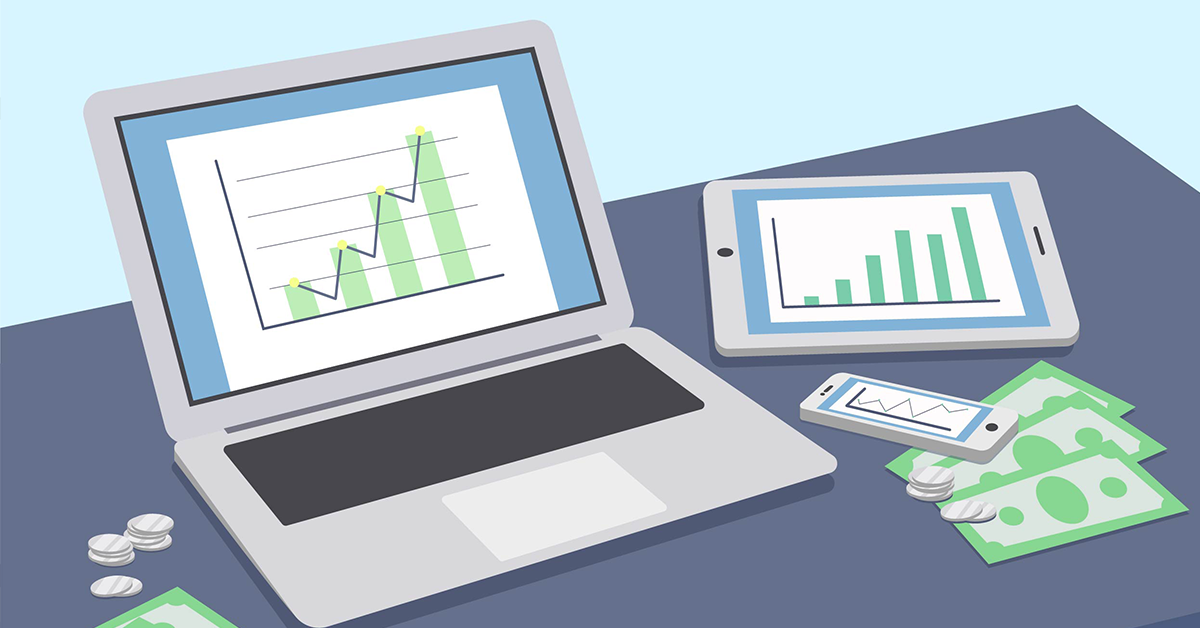Congratulations on your new business! If this is your first time you may not yet realize it but if you've been around the block before you'll know that start-up costs can easily escalate, and tech is often one of the bigger expenses. It’s not that everything is high priced, but the sheer number of technologies available can overwhelm smart decision making. The latest tech is dangled in front of you with amazing features you didn’t know you needed, and suddenly your budget has gone boom!
Here’s how to get the tech right for your business, without the headache and drama.

1. Check if you actually need it
This tends to be the starting point for all tech budgeting. The world of IT is growing at a break-neck pace and with that there are more solutions for businesses popping up every day with new things seemingly better than those that came before it. This can quickly cause tech budgets to spiral out of control. Likewise sometimes the old ways are actually more expensive. Things like servers are now more expensive that many cloud-based solutions once you add in all of the necessary maintenance and other associated costs. Before you make the tech purchase, work out which applications you’ll be running and whether a local installation or cloud access is preferred. As part of this stage, think about how you’d like to use the applications - perhaps remote access is a priority, or perhaps collaboration will underpin your business culture. Also consider how important things like avoiding downtime are. This level of clarity is often overlooked and the number 1 reason why tech expenses spiral.
2. Get expert advice
It’s easy to ask friends and family what to buy, but there are many more factors to consider than just their personal preference. You trust their opinion, of course, but they may be speaking from a consumer perspective or basing their recommendation on brand loyalty. Every business is different and pairing the correct technology with the business will save you a lot of money in the long run. An expert will be able to help you more successfully navigate the waters of tech expenses by helping you decide what to spend extra on and what can be skimped on in a way that will maximize your budget.
3. Buy new, buy business grade
Unfortunately, the computers and laptops you see in department and big-box stores aren’t up to business standard. They’re designed for home users to perform quick tasks, not run a full 8 hour (or more) workload. Business grade systems have additional features that your business needs, plus longer warranties and better support. Even the attached devices like networking or printers are built to a higher standard, to last longer and perform better. Considering the cyber climate we live in, taking a special interest in the security offered by the business grade technology is a wise decision.
Business grade equipment also tends to be more expensive than their comparable consumer grade counterparts. If budget is a huge concern it is possible to help save money by purchasing refurbished business grade equipment. While this can help save money initially, it usually tends to cost more in the long run, similar to buying a used vehicle. Refurbished equipment also tends not to have as good a warranty as new equipment and for support, you're at the mercy of whoever refurbished the items. If you can afford it, buy as much new equipment as possible.
4. Prioritize flexibility
Businesses evolve rapidly during their first few years and the last thing you want to do is go out and buy new tech, playing catch-up with your vision and hacking together an assorted mismatch of devices. Your new technology should be as scalable as your business, which means making purchase decisions based on strategy, not price. Perhaps this means instead of workstations for employees, you only need tablets.
Rather than having a fixed point of sale system, you might choose mobile checkout devices so your staff can assist customers on the go. These examples highlight how easy it is to commit to certain tech because it’s ‘what you do’ but later discover you’re locked into a certain way of doing business. Trying to change your processes down the line impacts productivity, efficiency and culture in a big way, so we recommend buying with your future success in mind.
The cloud can also help make flexibility and scalability easier as, in many cases, you can buy what you need, when you need it. This tends to benefit seasonal businesses the most, but can also benefit "year-round" startups that tend to grow quickly and, as a result, need to scale just as quickly.
5. Choose an IT partner
During your set up and moving ahead through growth, you’ll need an IT partner who can not only help with your purchase strategy but support you through any tech problems as they arise. That’s the difference between a partner and a supplier, they’re committed to driving long-term business success.
You’ll be able to call on your partner and know they’re immediately up to speed with your business, they know how IT can help leverage your competitive advantage and which critical systems they should focus on. Getting good tech in place shouldn’t be seen as just an expense but an investment. It improves productivity and allows you to serve your customers better while enjoying consistent growth and profitability.
If you need an IT partner to help your business grow, give us a call.